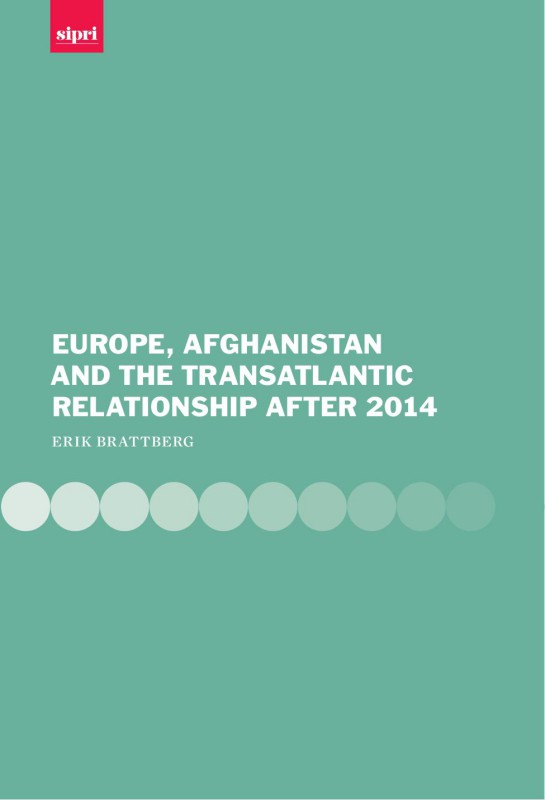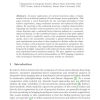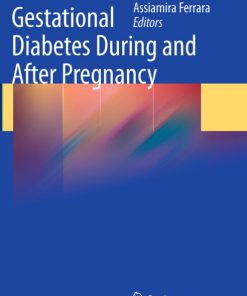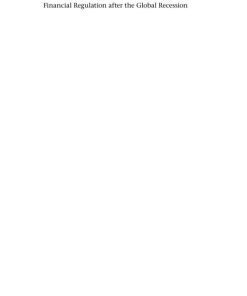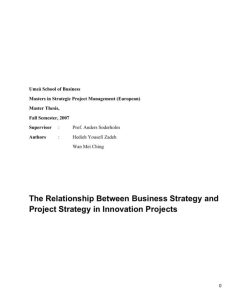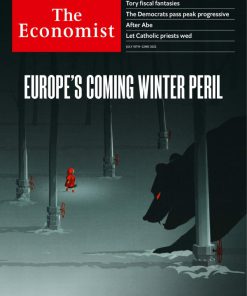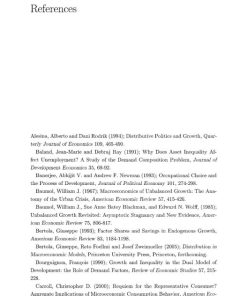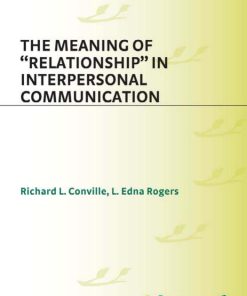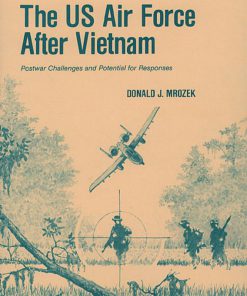Europe Aghanistan and the Transatlantic Relationship after 2014 1st Edition by Erik Brattberg ISBN 9789185114771 918511477X
$50.00 Original price was: $50.00.$25.00Current price is: $25.00.
Authors:Erik Brattberg , Tags:Europe; Afghanistan; USA; NATO; Taliban; ISAF; transatlantic , Author sort:Brattberg, Erik , Languages:Languages:eng , Published:Published:May 2013
Europe Aghanistan and the Transatlantic Relationship after 2014 1st Edition by Erik Brattberg – Ebook PDF Instant Download/Delivery. 9789185114771 ,918511477X
Full download Europe Aghanistan and the Transatlantic Relationship after 2014 1st Edition after payment
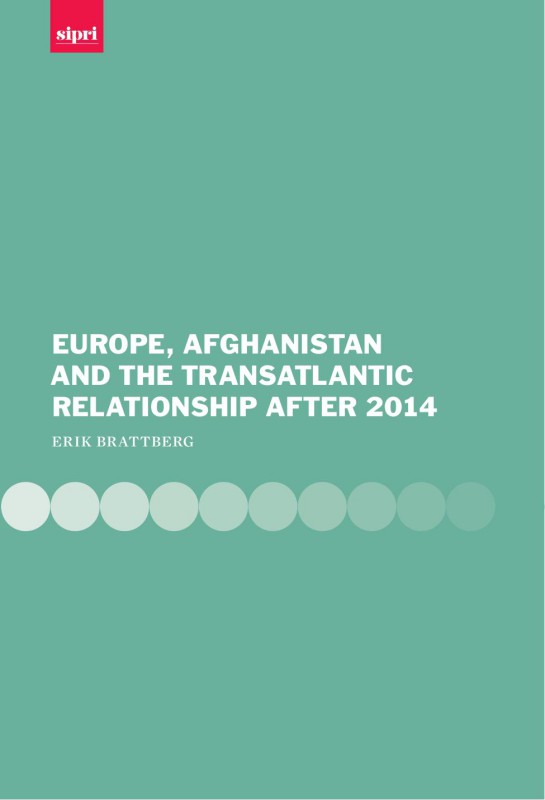
Product details:
ISBN 10: 918511477X
ISBN 13: 9789185114771
Author: Erik Brattberg
With barely a year and a half to go, Afghanistan’s neighbours are understandably nervous about what will happen to security and stability in the region after the International Security Assistance Force (ISAF) leaves Afghanistan in December 2014.
There is a clear need for cooperative policy approaches based on better understanding of the interests and worries of Afghanistan and its neighbours. SIPRI launched the Wider Central Asia (WCA) initiative in January 2012 with the express purpose of promoting and facilitating dialogue on security in Afghanistan’s neighbourhood. It has brought together experts and officials from Iran, Pakistan and five Central Asian states: Kazakhstan, Kyrgyzstan, Tajikistan, Turkmenistan and Uzbekistan, as well as from Europe and the United States. It has also sought to complement structured dialogues with independent analysis.
The North Atlantic Treaty Organization (NATO), which has led ISAF for over a decade, knows that its credibility will be judged by what it leaves behind in
Afghanistan. Equally important is what Afghanistan has left behind of the NATO alliance. From the earliest days of the military intervention in 2001—even before NATO’s involvement—Afghanistan has tested the transatlantic partnership.
I would like to congratulate transatlantic relations expert Erik Brattberg for this excellent analysis of what Afghanistan has meant for the transatlantic partnership, and its implications for the future. Gratitude is also due to Hans Binnendijk, Melissa Hersh, Josef Janning and Andras Simonyi for their feedback on the paper during its development, and to the numerous regional officials and experts who have contributed to the WCA initiative. I would also like to thank the Swedish Ministry for Foreign Affairs, which generously funds the initiative.
Finally, thanks to all those within SIPRI who helped in the development of this report, in particular Dr Neil Melvin, Dr Bruce Koepke, Theresa Höghammar and the SIPRI editors, especially Dr David Prater.
Europe Aghanistan and the Transatlantic Relationship after 2014 1st Edition Table of contents:
Chapter 1: The Changing Strategic Landscape in Afghanistan
- The End of the Combat Mission
- Shifting Geopolitical Dynamics
- The Afghan National Security Forces (ANSF) and Their Role
- The Impact of the U.S. Drawdown
Chapter 2: NATO’s Role in Afghanistan Post-2014
- The Transition to NATO’s Resolute Support Mission (RSM)
- Strategic and Operational Challenges for NATO
- Cooperation with Afghanistan’s Government and Security Forces
- NATO’s Long-term Commitment to Stability in Afghanistan
Chapter 3: The European Perspective on Afghanistan
- Europe’s National Interests and Foreign Policy Priorities
- Divergence in European Countries’ Approaches to Afghanistan
- Key European Actors and Their Roles: Germany, the UK, France, and Others
- Europe’s Humanitarian and Development Assistance
Chapter 4: U.S.-European Cooperation and Tensions in Afghanistan
- The Evolving Transatlantic Partnership
- Shared Goals and Diverging Strategies
- The Role of the United States and Its Leadership
- Tensions in the Transatlantic Relationship Over Afghanistan Policy
Chapter 5: Afghanistan’s Political Landscape Post-2014
- The Political Reconciliation Process
- The Role of the Afghan Government and Institutions
- International Support for the Afghan Government
- Corruption and Governance Challenges
- Civil Society, Human Rights, and Women’s Rights in Afghanistan
Chapter 6: The Taliban and Other Insurgents: Challenges to Stability
- The Resurgence of the Taliban and Other Insurgent Groups
- Impact of Regional Actors (Pakistan, Iran, and India)
- Counterinsurgency Strategies and Their Effectiveness
- The Role of the Afghan Peace Process
Chapter 7: The Role of Regional Powers in Post-2014 Afghanistan
- Pakistan’s Influence and Interests in Afghanistan
- Iran’s Growing Role in the Region
- China and India’s Strategic Interests
- Russia’s Engagement in Afghanistan and Central Asia
- The Impact of Regional Rivalries on Afghanistan’s Stability
Chapter 8: Migration and Refugee Flows: Europe’s Challenges
- The Impact of Conflict and Instability on Migration Patterns
- The Refugee Crisis: European Responses and Policy Challenges
- Border Security and Migration Management in Europe
- Humanitarian Assistance and Resettlement Programs
Chapter 9: Economic Development and Reconstruction in Afghanistan
- The Role of International Aid and Investment
- Efforts to Revitalize Afghanistan’s Economy
- Challenges to Long-term Economic Sustainability
- The Role of Trade and Infrastructure Development
Chapter 10: Counterterrorism, Counter-Narcotics, and Counter-Extremism
- The Ongoing Fight Against Terrorism in Afghanistan
- The Opium Trade and Its Impact on Security
- Countering Extremism and Radicalization
- International Cooperation on Counterterrorism and Law Enforcement
Chapter 11: Looking Forward: The Future of the Transatlantic Relationship in Afghanistan
- Post-2014 U.S. and European Security Commitments
- The Role of Multilateral Institutions in Afghanistan’s Future
- Prospects for Afghan National Stability and Regional Peace
- Strategic Lessons for Future Transatlantic Cooperation
People also search for Europe Aghanistan and the Transatlantic Relationship after 2014 1st Edition:
relation between afghanistan and the world
relations between afghanistan and other countries of the world
what is the relationship between afghanistan and the us
afghanistan’s relationship with other countries

